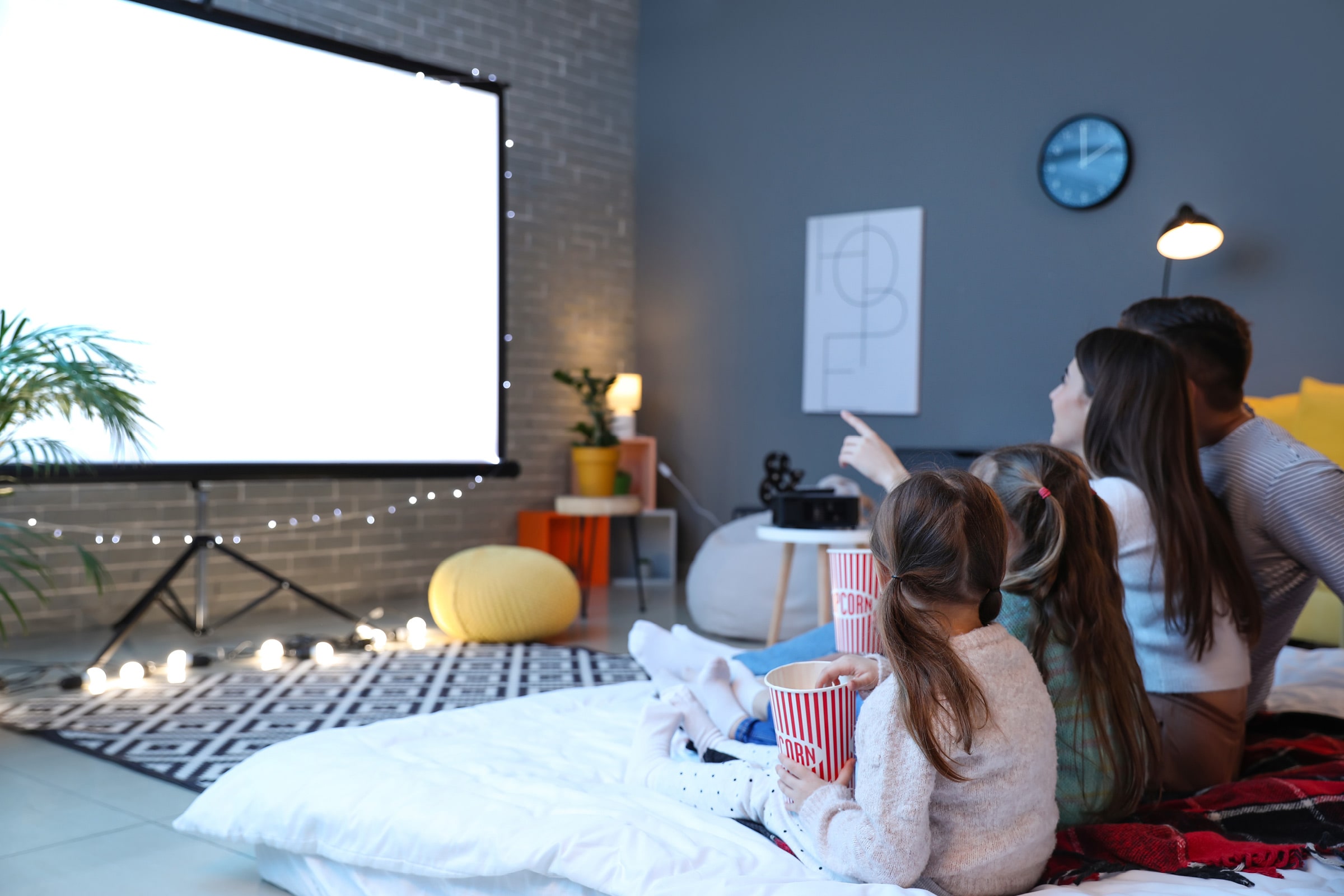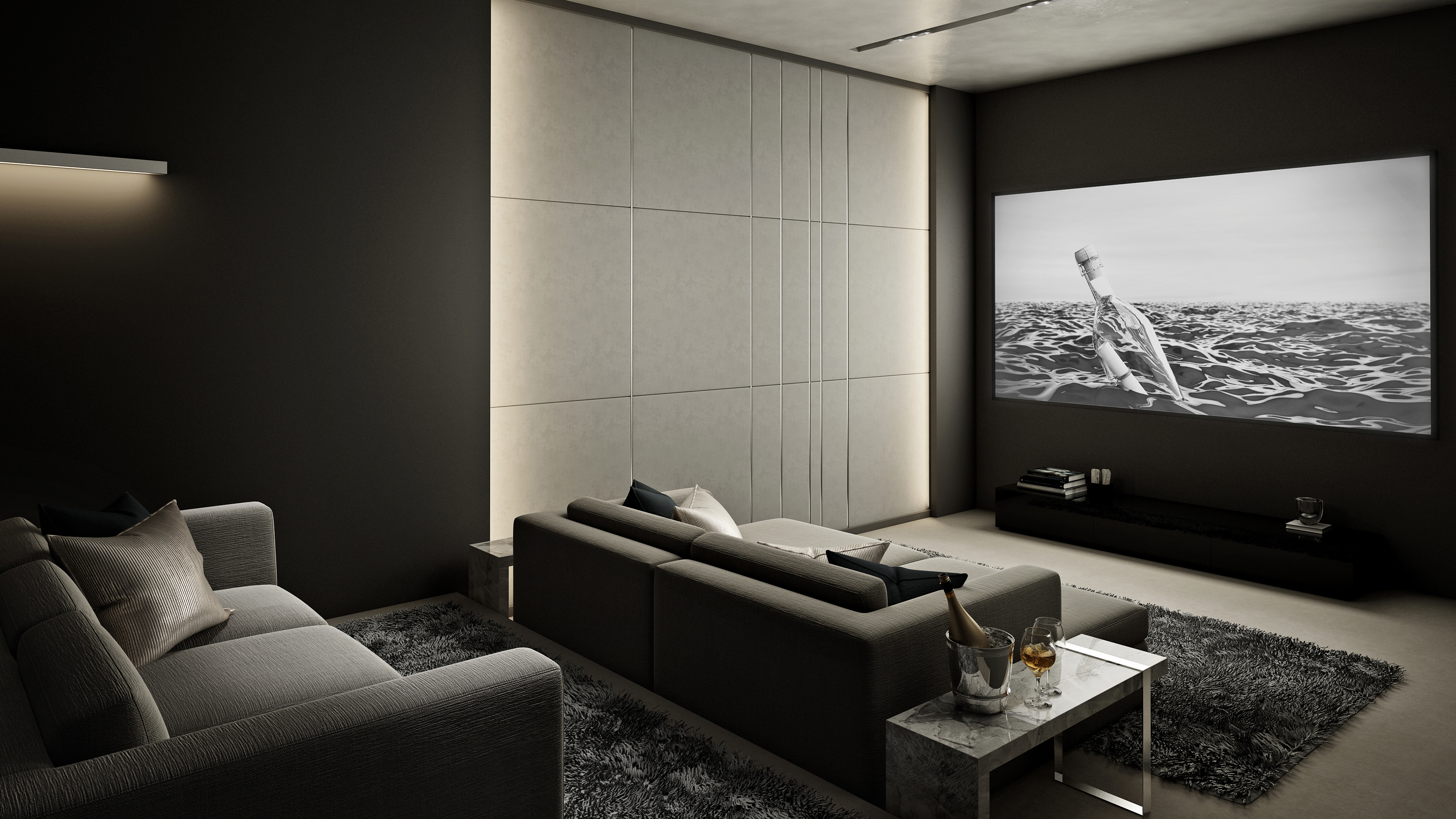How to Discover the Leading Home Theater Tampa Installation Experts
Wiki Article
Home Theater 101: Everything You Required to Know for a Motion Picture Experience at Home
Producing a home theater that measures up to the motion picture experience of an industrial theater involves careful consideration of several components, consisting of display selection, audio systems, and area layout. Whether you are pondering the excellent display size or the details of border sound, recognizing these principles is crucial.Selecting the Right Screen
When establishing up a home theater, selecting the best screen can make or break the viewing experience - tampa home theater. The screen offers as the centerpiece of your arrangement, influencing photo top quality, viewing angles, and general visual. Key variables to think about consist of screen kind, resolution, and sizeFirst, figure out the ideal screen dimension based upon your area measurements and seating distance. A general standard is to rest around 1.5 to 2.5 times the diagonal display size for optimal viewing. Next, pick in between various screen types, such as fixed-frame, motorized, or retractable screens, each offering distinctive benefits. Fixed-frame displays usually provide the finest picture top quality, while mechanized choices allow for adaptability precede usage.
Resolution is another essential aspect. For an absolutely immersive experience, think about a screen designed for 4K or perhaps 8K content, ensuring intensity and clearness. Additionally, take into consideration the screen's gain, which influences illumination and comparison; a higher gain can improve brightness in well-lit areas, while a lower gain might be better for darker settings.
Picking Audio Equipment
Audio tools is an essential element of any kind of home theater system, dramatically improving the total watching experience. The selection of audio gear can establish the depth, clearness, and immersion of noise, essential for developing a motion picture atmosphere.When choosing audio tools, think about a border sound system, which normally consists of a receiver, several speakers, and a speaker. A 5.1 or 7.1 network system is recommended, where the first number stands for the speakers and the second the speaker, giving an immersive soundscape. The receiver is the heart of the system, handling sound and video signals, and should sustain modern formats like Dolby Atmos for an enhanced spatial experience.
Quality audio speakers are necessary; look for versions that provide a balanced noise profile with great bass action. Floor-standing speakers can generate richer noise, while shelf alternatives save space. Furthermore, consider cordless alternatives for convenience of installment, although wired systems usually provide exceptional efficiency.

Optimal Seating Arrangements
Creating a perfect home movie theater experience pivots considerably on optimal seating arrangements. The plan of seats plays a critical role in both convenience and viewing top quality, directly affecting the overall motion picture experience.First, consider the screen size and watching range. An usual guideline is to position seats at a distance roughly 1.5 to 2.5 times the angled dimension of the more information screen. This makes sure an immersive experience without stressing the eyes.
Next, elevation is vital. If your seating remains in a tiered style, the back rows need to be more than the front to stay clear of obstructions. For level seats, guarantee that the front row is not too near to the display, and that everybody has a clear line of view.
Furthermore, think about the setup in regards to social characteristics. Group seats can boost the public experience, while individual seats may be liked for individual watching.

Finally, prioritize convenience with ergonomic seating that sustains extensive watching durations. Incorporating recliners or cushioned seats can considerably improve the experience, making the home cinema a recommended location for both entertainment and leisure.
Lighting and Atmosphere
Reliable lights and ambiance are vital elements of a well-designed home theater, as they dramatically affect the viewing experience. The ideal lights can boost the cinematic feeling, while inadequate options can diminish it. For optimum outcomes, think about a split illumination approach that consists of ambient, task, and accent lighting.Ambient lighting gives basic illumination, making certain that the room is visit the website not totally dark, which can strain the eyes. Dimmer switches are extremely recommended, enabling modifications based upon the material being viewed. Task lights, such as wall surface sconces or floor lights, supplies functional illumination for tasks like analysis or navigating the room without disrupting the total ambience.
Accent lights can be made use of to highlight building functions or create focal factors, adding depth and passion to the area. LED strip lights behind displays or along shelves can supply a subtle glow that enhances the visual experience without frustrating the viewer.

Wiring and Installation Tips
A well-planned wiring arrangement is crucial for accomplishing optimum efficiency in your house theater system. Proper wiring not only makes certain high-grade audio and video signals however also boosts the general aesthetic of your area. Begin by drawing up your design, determining where each element will be positioned, including your display, speakers, and receiver.When choosing cords, focus on high-grade, suitably determined wiring to reduce signal loss. HDMI cable televisions need to be used for video clip connections, while speaker wire should match the specifications of your audio speakers and amplifier. Go with in-wall rated cords to adhere to safety criteria and maintain a clean appearance.

Conclusion
In summary, developing an outstanding home theater experience needs careful consideration of numerous elements, consisting of display choice, audio tools, seating arrangements, illumination, and circuitry. Each element plays a critical role in attaining ideal performance and atmosphere, inevitably enhancing the pleasure of home enjoyment. By prioritizing these factors, a cinematic ambience can be successfully duplicated, enabling immersive viewing experiences that match typical theater settings. Interest to information in each location is essential learn the facts here now for general contentment.Developing a home cinema that matches the motion picture experience of an industrial theatre includes cautious consideration of multiple parts, consisting of display choice, audio systems, and room layout.When establishing up a home cinema, picking the ideal screen can make or break the viewing experience. Next off, pick between various screen kinds, such as fixed-frame, mechanized, or retractable displays, each offering distinctive benefits. For a really immersive experience, consider a screen developed for 4K or also 8K web content, making certain sharpness and clearness.In recap, producing a phenomenal home cinema experience requires cautious consideration of various aspects, consisting of display choice, audio devices, seating plans, lighting, and circuitry.
Report this wiki page